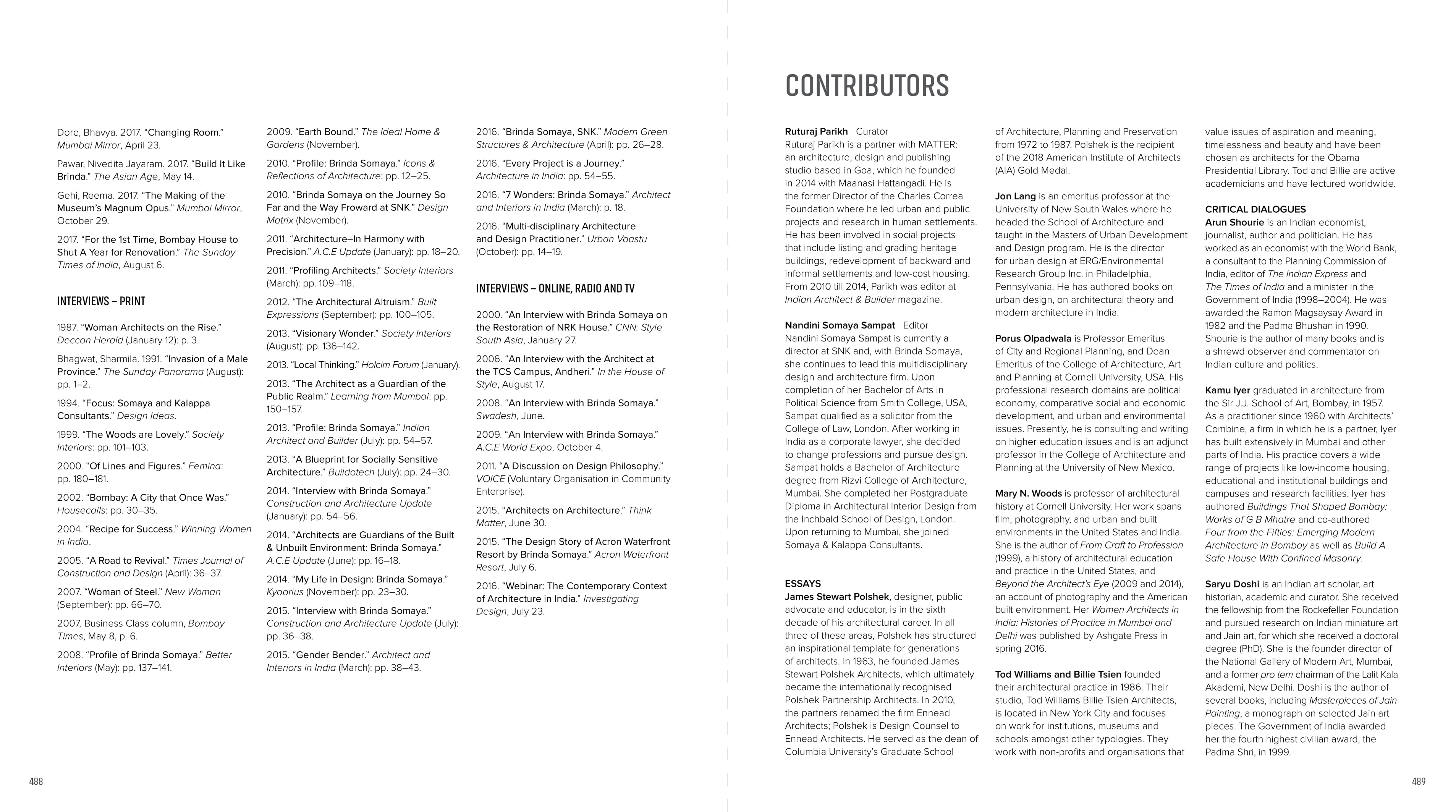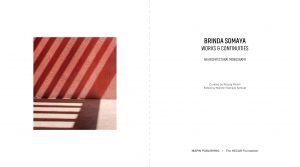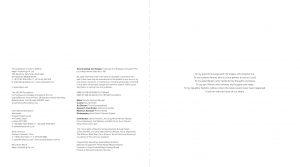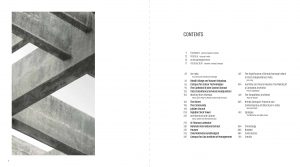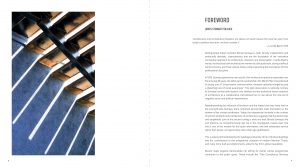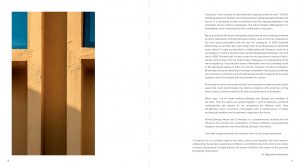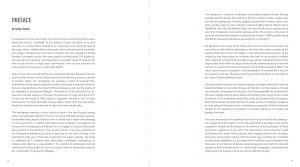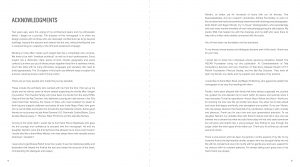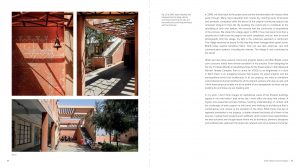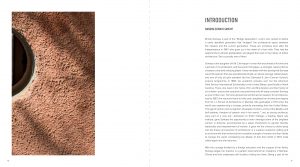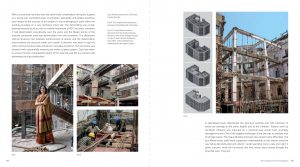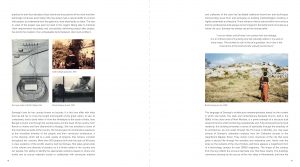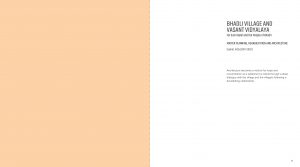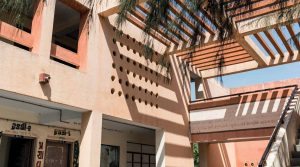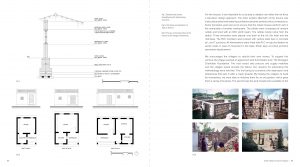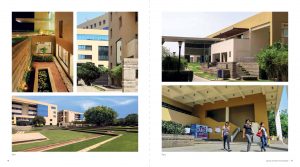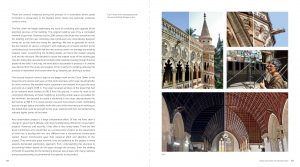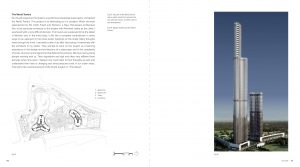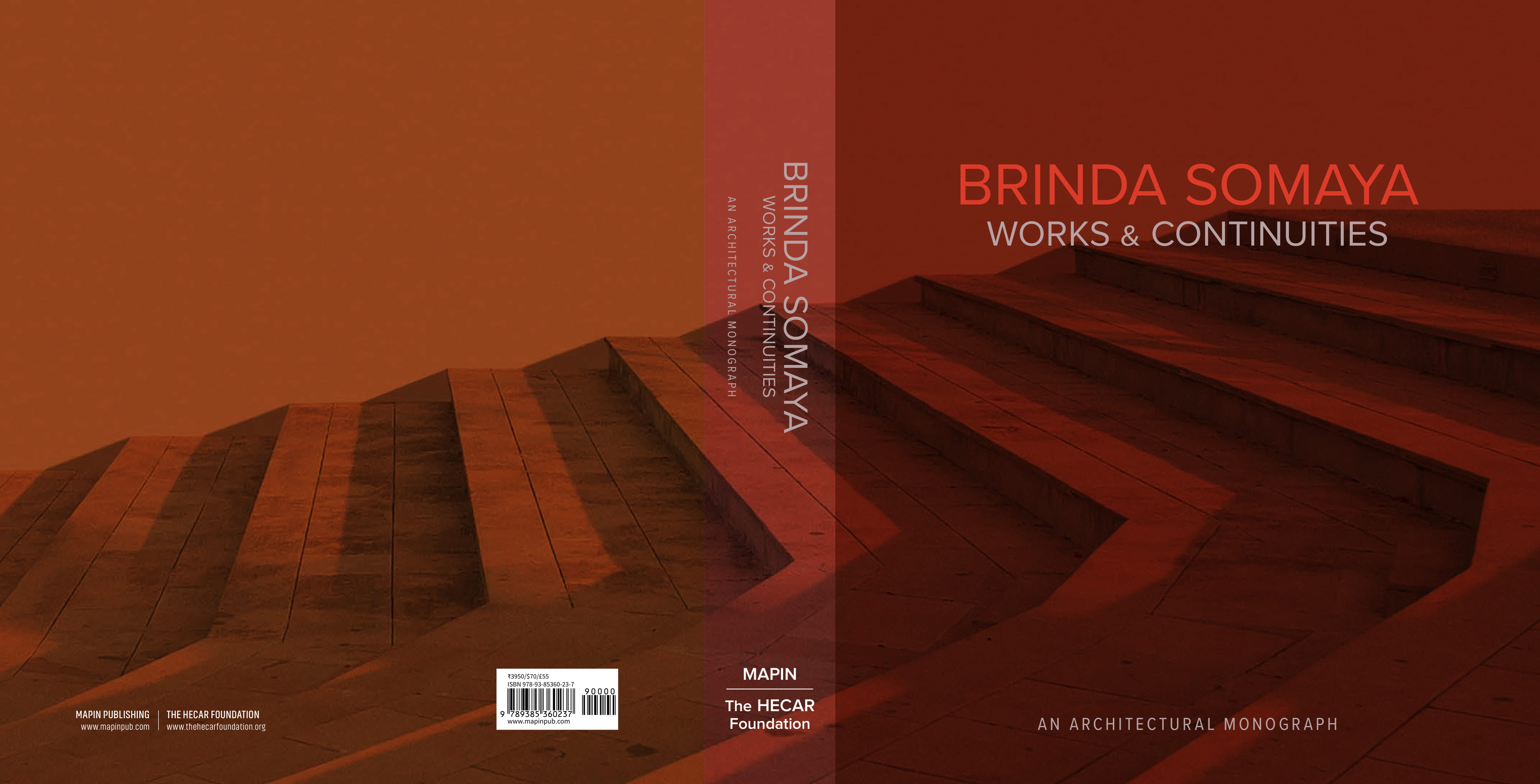 This volume is a comprehensive monograph chronicling the personal and professional journey of the Indian architect and urban conservationist Brinda Somaya, from 1975 to the present. Documenting a prolific practice, this volume provides an insight into the thinking and processes that have produced award-winning architecture, urban design, conservation and rehabilitation projects over the last four decades.
This volume is a comprehensive monograph chronicling the personal and professional journey of the Indian architect and urban conservationist Brinda Somaya, from 1975 to the present. Documenting a prolific practice, this volume provides an insight into the thinking and processes that have produced award-winning architecture, urban design, conservation and rehabilitation projects over the last four decades.
I am an Indian and all what I am comes from my heritage.It is an intrinsic part of my being and will naturally reflect in my work inmany ways. The architect’s role is that of a guardian, he or she is theconscience of the built and the unbuilt environment.– Brinda Somaya
Contributors:
Also listen to Brinda Somaya and contributors talking about the book:
Her work transcends stylistic vocabulary and draws its inspiration from Indian culture, the landscape of the subcontinent. The book explores a cross-section of Somaya’s diverse typology of projects including housing, institutions, conservation, urban design, social design and industrial works that represent a unique ‘non-stylistic’ grammar that has a sense of ‘order and appropriateness’. Situating her work in a broader context, the essays in this volume offer multiple perspectives on Somaya’s accomplishments, while the dialogues outline the concerns central to her work.
Curators:
Nandini Somaya Sampat, architect, interior designer and Director at SNK Consultants, is involved in all aspects of the design, coordination and execution of projects.
Ruturaj Parikh is a partner at Matter, an architecture and content firm based in Goa. Former Director of the Charles Correa Foundation, he works on architectural and curatorial projects.

